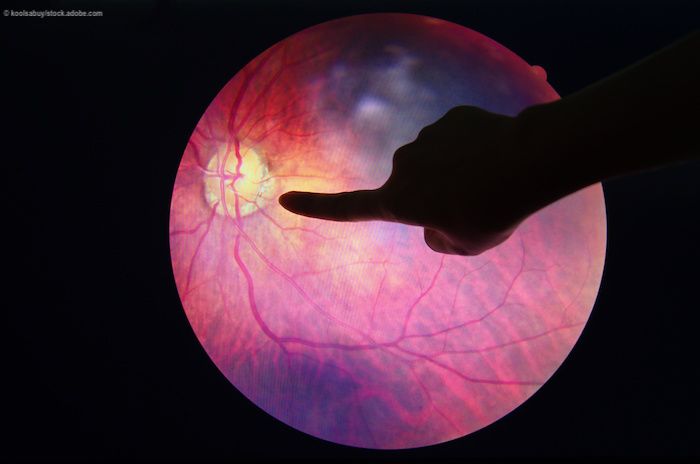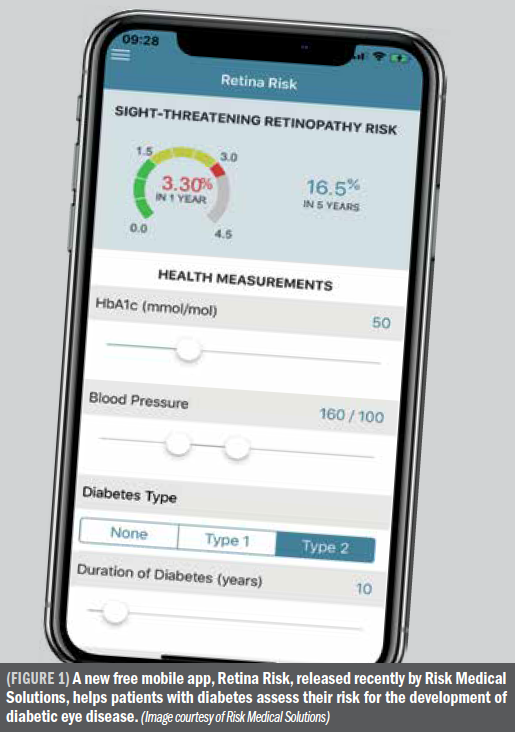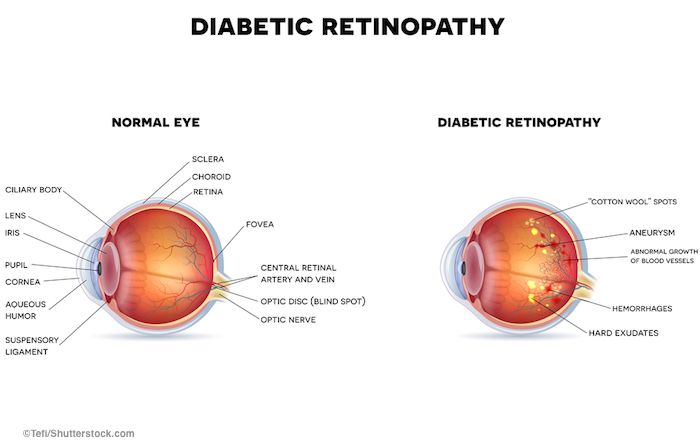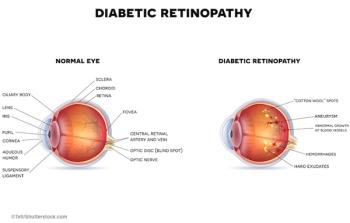
Diabetic Macular Edema
Latest News
Advertisement
CME Content
Advertisement

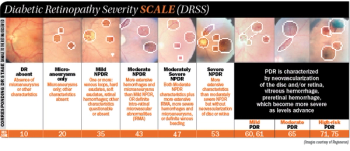






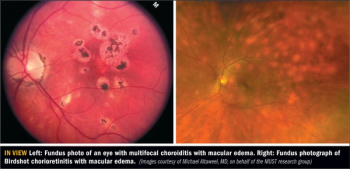
Intravitreal triamcinolone acetonide, dexamethasone implant superior for regional treatment of disorder






Findings from the PERMEATE study used novel diagnostics to quantify response to intravitreal injections

Combination therapy benefits from laser in the mix for DME, other conditions



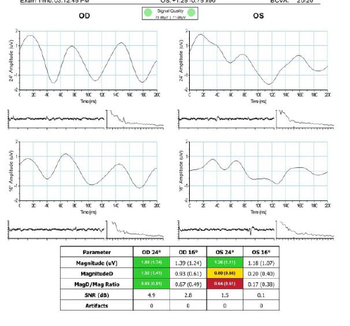
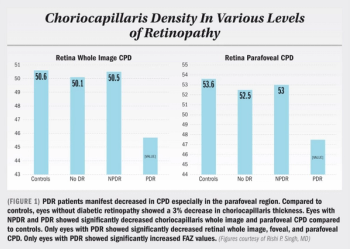
Factoring in that patients require continual and constant monitoring, maintenance

A phase II clinical trial evaluating suprachoroidal CLS-TA used with intravitreally administered aflibercept in patients with diabetic macular edema (DME) over a 6-month evaluation period-has met both primary and secondary endpoints of vision and anatomic improvement.



Advertisement
Advertisement

